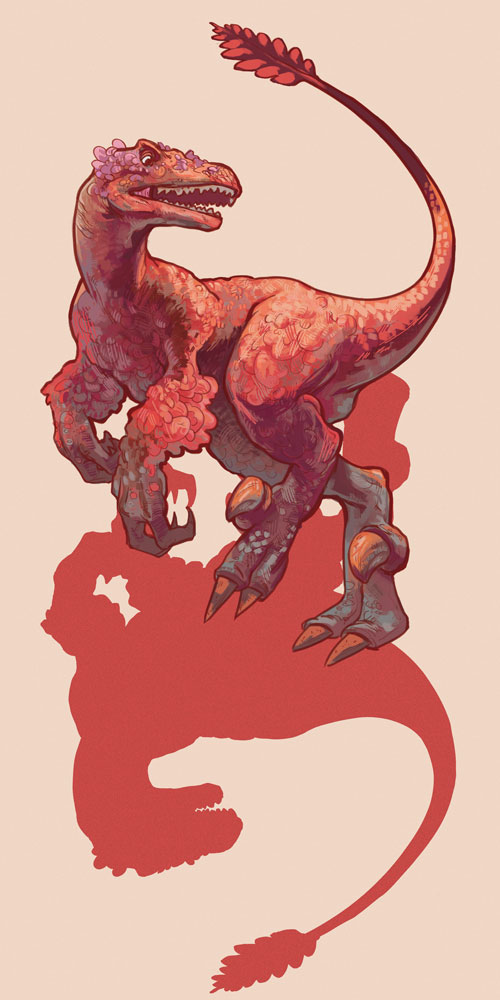When the film Jurassic Park was released in 1993, debates were raised about the scientific accuracy behind the film. This year’s summer blockbuster sequel, Jurassic World, is reigniting the debate.
The film’s premise revolves around the creation of the genetically engineered Indominus Rex, a genetic hybrid of multiple dinosaur species, cuttlefish and tree frog DNA. In the film, the inclusion of this foreign DNA allows the dinosaur to acquire multiple strange abilities.
In reality, recreating dinosaurs is implausible due to the very nature of DNA. DNA degrades even under ideal conditions. In a cool, sterile environment, DNA could potentially last up to one million years. In comparison, dinosaurs disappeared 65 million years ago. However, creating a genetically engineered dinosaur is probably a lot more feasible than recreating an ancient dinosaur.
Jack Horner, the real-life paleontologist and museum curator who served as inspiration for one of Jurassic Park’s main characters, is currently working on recreating a dinosaur using chicken embryos.
The premise of his research revolves around recreating three key traits: a long tail, a toothless, beaked head, and arms with claws instead of wings. By the time these traits have been recreated, he will have what is essentially a small velociraptor complete with feathers.
Horner’s team is already a portion of the way there; the mechanism to generate the toothy snout has been elucidated by Matthew Harris, a molecular biologist from Harvard Medical School. The most difficult feature to complete so far has been the generation of a long tail. Horner estimates that the “chickenosaurus” could be complete within a decade.
Genetically modified dinosaurs aside, how many liberties did Hollywood take in recreating iconic dinosaurs such as Tyrannosaurus Rex, Pterosaur, and the film’s iconic pack of Velociraptors?
Aaron Kilmury, a geological sciences student from the University of Manitoba, shared his opinion on the accuracy of the film. He believes the dinosaurs were mostly correct, but with a few key errors.
“Jurassic World shows the velociraptors to have both eyes on the sides of their heads, but when Chris Pratt or another dinosaur jumps in front of them, they don’t turns their heads at all,” Kilmury explains. “Steven Spielberg had the head movements of the velociraptors right in the first movie.”
The marine reptile shown in the film, Mosasaurus, was portrayed as an impressive, shark-eating, dinosaur-fighting monster. In reality, according to Kilmury, the Mosasaurus shown in the movie was almost double the size of the largest known mosasaurid. The movie did get one small detail almost right: the extra set of teeth on the roof of the reptile’s mouth.
Kilmury says, “Although extra care was taken to show the extra set of teeth, the number of teeth is actually incorrect. Fossil mosasaurid skulls typically have two rows of six teeth. The movie incorrectly showed a row of three teeth and a second row with two teeth. To make matters worse a very unnecessary extra row of ‘regular’ teeth were added behind the frontal row of ‘regular’ teeth, which makes no sense at all!”
When the trailer for Jurassic World was released, many paleontologists were disappointed by the dinosaurs’ lack of feathers. In the film, geneticist Henry Wu explains that the dinosaurs in the film were engineered not to have feathers, as they were more visually appealing without them. Kilmury considers this “a dreadful excuse not to use some imagination.”
“Showing feathered dinosaurs would have been an excellent opportunity to show the public some of the more recent research that universities are doing on the topic,” he explains, “I can only dream that feathered dinosaurs will be featured in all their mighty feathery splendour in the near future.”



My sister is a star